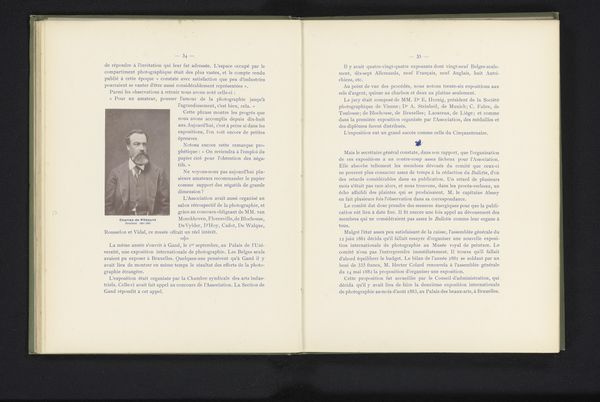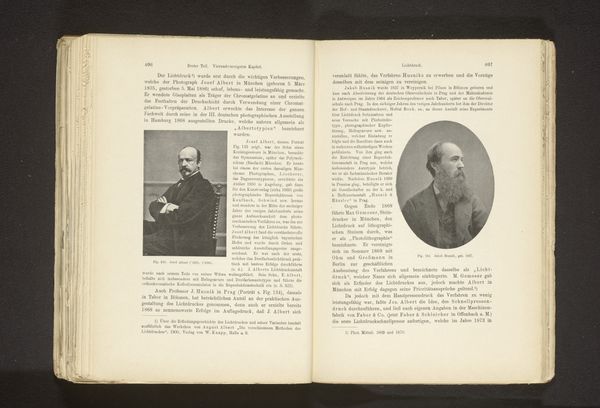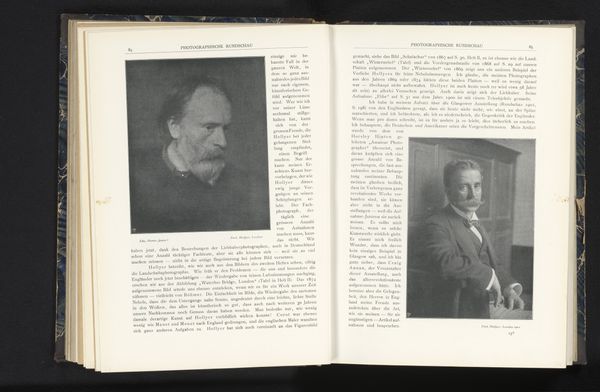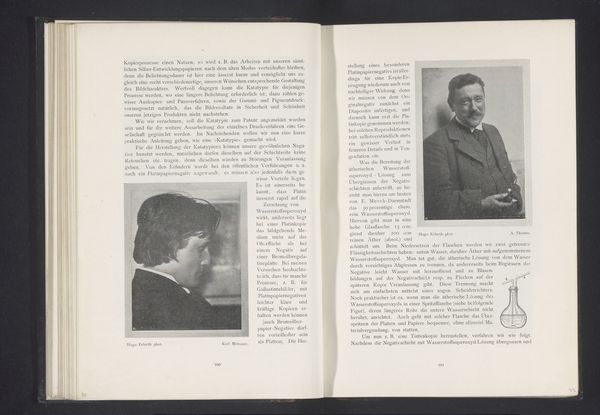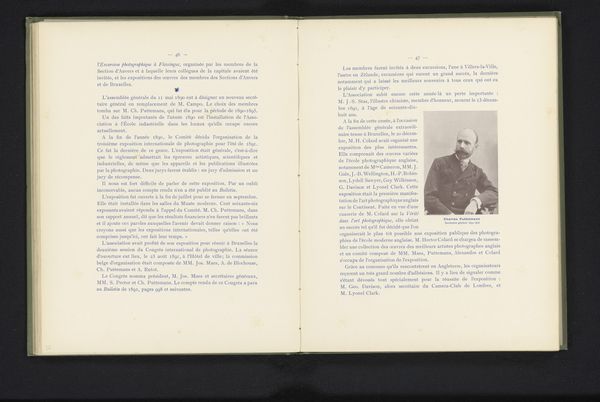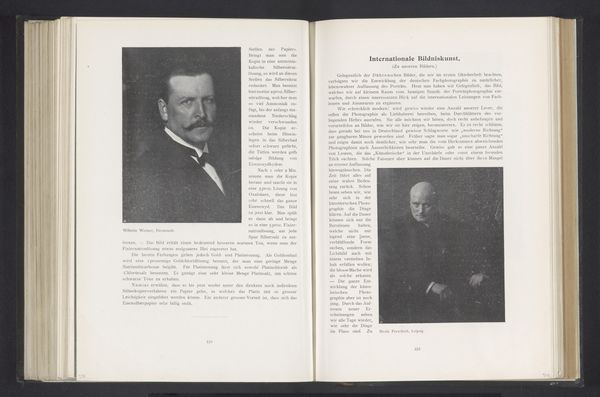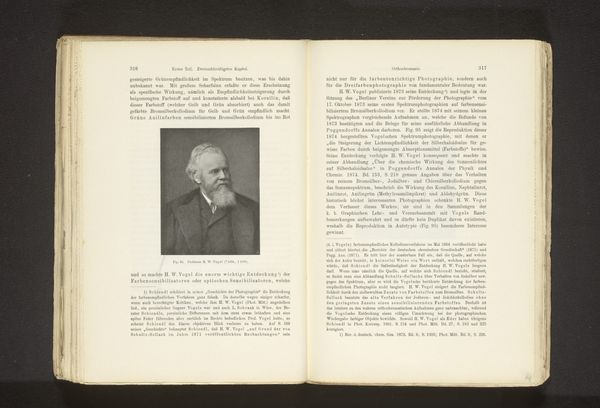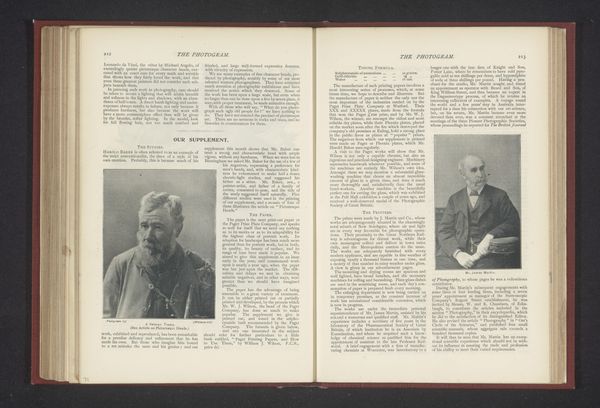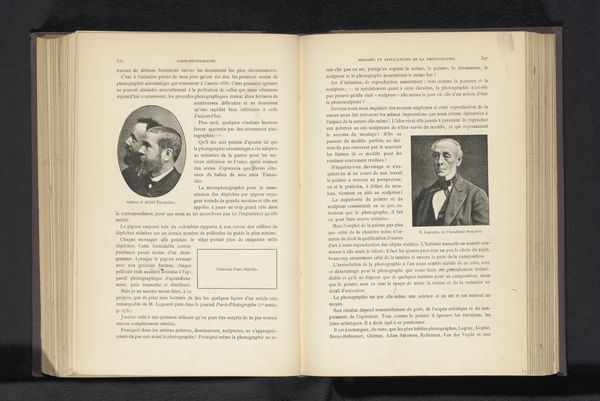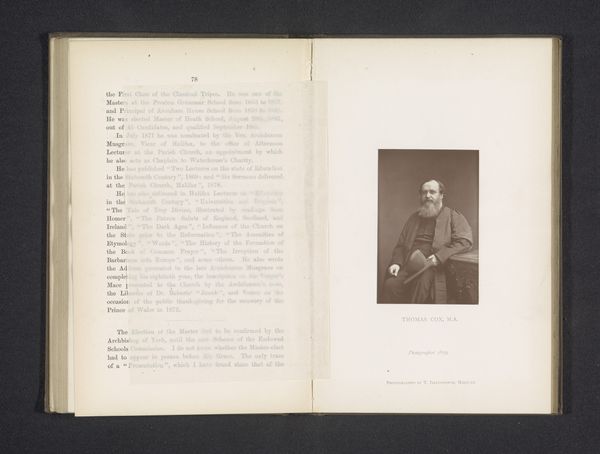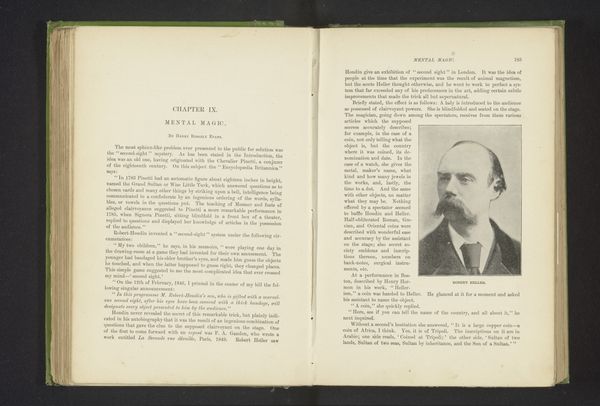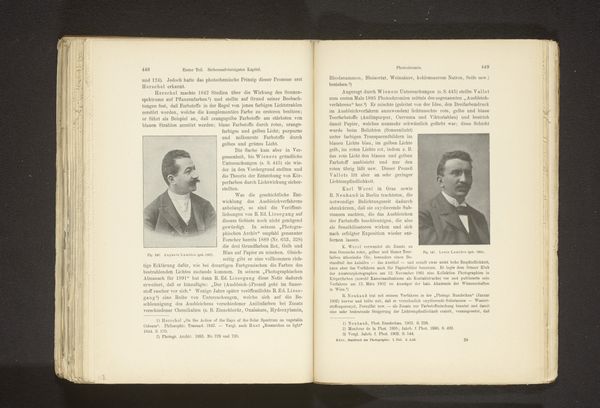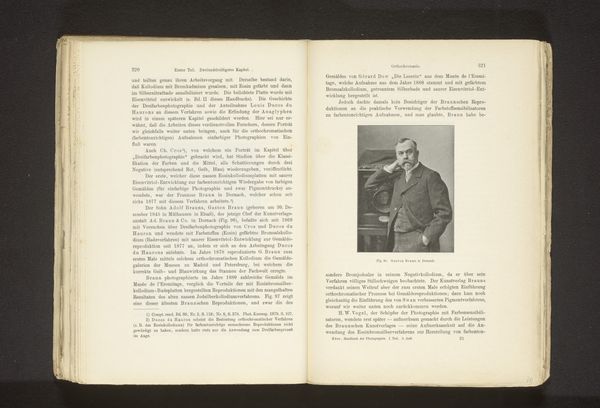
print, photography
portrait
photography
genre-painting
academic-art
modernism
Dimensions: height 90 mm, width 55 mm
Copyright: Rijks Museum: Open Domain
Curator: What a find! Here we have "Portret van Othon Campo," dating from before 1898. This intriguing artwork is rendered as a print, utilizing photography, capturing a portrait in the style of both academic art and hints of modernism. Editor: My initial impression? Stark. Even somber, perhaps. It's fascinating how a relatively small photograph manages to convey such a palpable sense of gravity, almost a weight. Is it the subject's stern expression? Or something deeper? Curator: Indeed. Portraits of this era often served a dual purpose. On the surface, they memorialized an individual, often within the context of their societal role, but they were also imbued with codes—subtle nods to the sitter’s values, affiliations, and ambitions. It’s genre painting using photography. Editor: I am curious about Othon Campo himself. I wonder about the expression in his eyes—they seem to suggest a lifetime of unspoken stories and experiences, don’t you think? There's a distinct gaze in that portrait—intense. Curator: Precisely! We may not know all the specific stories behind the sitter or the symbolic gestures employed by the photographer, but it evokes the idea that even in stillness, an image vibrates with a lifetime of cultural memory. Consider also how photographic reproduction democratized the tradition of portraiture. Editor: And even though it is photography, which can have the idea of documenting objective reality, that’s impossible, isn't it? Even then, there is someone interpreting—giving us not a transparent slice of the world, but a moment of composed narrative—framed—chosen for specific qualities. The photographer wanted us to think something specific about Campo. Curator: The tension between seeming objectivity and underlying symbolism creates depth for sure. It encapsulates late nineteenth-century society's ambitions and uncertainties, caught between tradition and an ever-accelerating modernity. Editor: Absolutely. It’s more than just a record; it’s a study of a particular state of mind and a moment frozen in time. The more I observe "Portret van Othon Campo," the more intricate stories unfold from it. What I thought at first was stark, feels like a layered experience that makes me think. Curator: A fantastic example of a photograph invoking so much beyond a captured likeness.
Comments
No comments
Be the first to comment and join the conversation on the ultimate creative platform.
